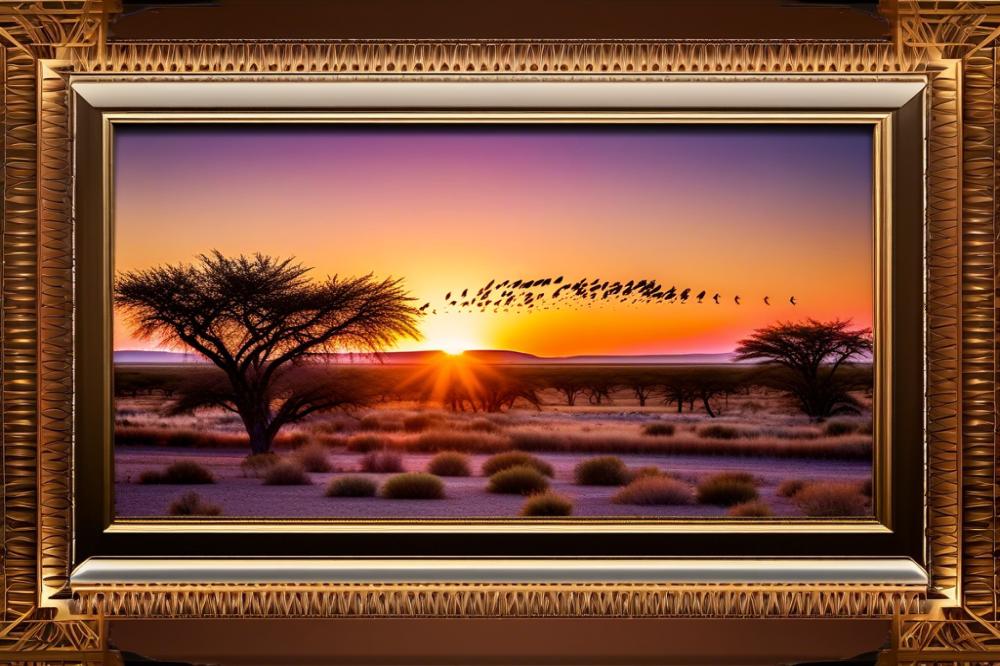Birdwatching Safaris in Namibia’s Etosha National Park
Southern Africa boasts some of the richest and most varied wildlife on the globe. Birdwatching offers enthusiasts a chance to explore these natural wonders in a captivating way. The region’s diverse climates and ecosystems support countless bird species. From sunny skies to open savannas, each environment contributes to the vibrant tapestry of avian life.
Namibia stands out as a premier destination for those keen on observing these winged wonders. Its commitment to eco-tourism plays a significant role in wildlife conservation. Many travelers flock to this country not only for its stunning landscapes but also for the opportunity to engage with nature. Birding tours in Namibia are increasingly popular, showcasing the rich avian diversity. As one of the least populated countries, it offers a unique chance to enjoy natural habitats without the interference of urban development.
Etosha National Park is a highlight for any nature lover. This expansive reserve is famous for its salt pans and striking wildlife. Its combination of arid landscapes and wetter regions creates perfect conditions for both resident and migratory birds. Visitors can expect to see a range of species from flamingos to raptors soaring above. Photographers particularly treasure moments spent at waterholes, where animals congregate in search of hydration.
Safaris in this park are not just about the big game. They also present a remarkable opportunity to witness the behavior of birds in their natural habitats. The contrast of bright plumage against the barren backdrop adds to the allure of capturing these moments. Conservation efforts further enrich the experience by helping to protect various bird species from threats such as habitat loss. In this way, bird enthusiasts can enjoy a meaningful connection with Namibia’s captivating wildlife.
Birdwatching in Etosha National Park
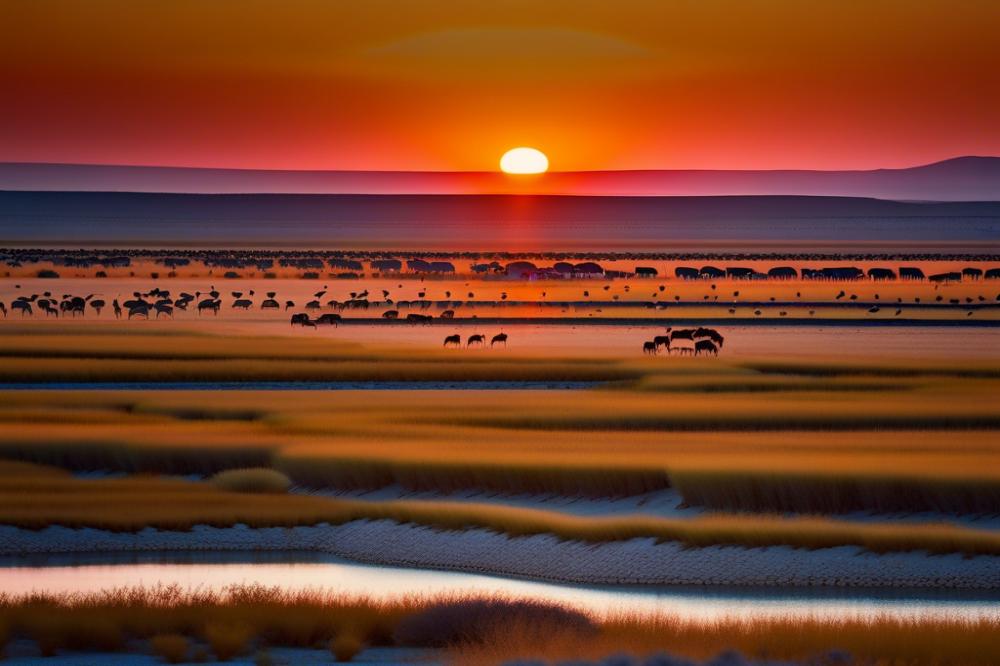
Etosha National Park is a remarkable destination located in Namibia. This park showcases various ecosystems, ranging from arid salinas to lush waterholes and savannah grasslands. Each area supports different forms of wildlife, making it a rich habitat for countless bird species. Unique scenery surrounds visitors, attracting both amateur and experienced nature enthusiasts.
Key Bird Species Found in Etosha
Visitors can expect to see a wide array of birds during their time in the park. Many species are residents, while others migrate through the region. Notable residents include the elegant African Fish Eagle, the striking Pink-backed Pelican, and the colorful Violet-eared Waxbill. Migratory birds, such as the majestic White Stork and various species of weavers, enhance the park’s diversity. Birding tours in the area shed light on the fascinating behaviors of these avian inhabitants.
Ideal Times for Birdwatching
Optimal birdwatching occurs during specific seasons. Early mornings offer the best chances to observe birds in action as they search for food and bask in the sunlight. The end of the rainy season harbors an abundance of winged visitors, providing fantastic opportunities for photography. Basic planning can make all the difference in spotting the elusive species. Peak times generally run from November to April, when migratory birds flock to the park.
Etosha’s eco-tourism initiatives emphasize conservation, allowing many species to thrive. Regular safaris help raise awareness about the importance of preserving natural habitats. Such efforts ensure that future generations will enjoy this incredible wildlife sanctuary and its diverse avian life.
Ecotourism and Birdwatching Safaris
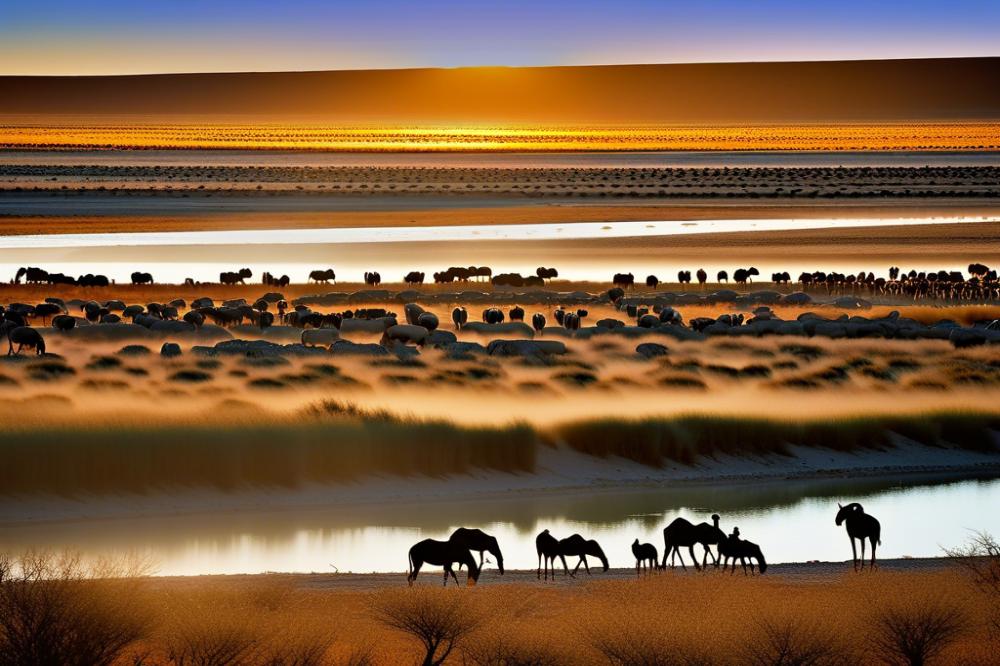
Ecotourism is a growing trend in Namibia. It focuses on responsible travel that benefits the environment and local communities. This approach to tourism intertwines adventure with conservation efforts. By visiting places like Etosha National Park, travelers help protect the rich wildlife and their natural habitats.
Birdwatching safaris play a critical role in this movement. They attract enthusiasts who are eager to see various bird species in their natural settings. As visitors explore the park, they gain an appreciation for the delicate balance of nature. Understanding this relationship inspires many to support conservation initiatives.
Types of Birding Tours in Etosha
In Etosha, several types of birding tours are available. Some tours cater to beginners, teaching them the basics of identifying birds. Others target seasoned birders seeking rare migratory birds or specific species native to the region. Photography tours are also popular, allowing guests to capture stunning images of wildlife in action.
Guided tours offer in-depth knowledge about the park’s eco-systems. Experienced guides share insights on bird behavior and habitat preferences. Self-guided options allow for flexibility, letting visitors explore at their own pace. Regardless of the type chosen, each experience enhances understanding and appreciation for Namibia’s remarkable natural heritage.
Photography and Birdwatching
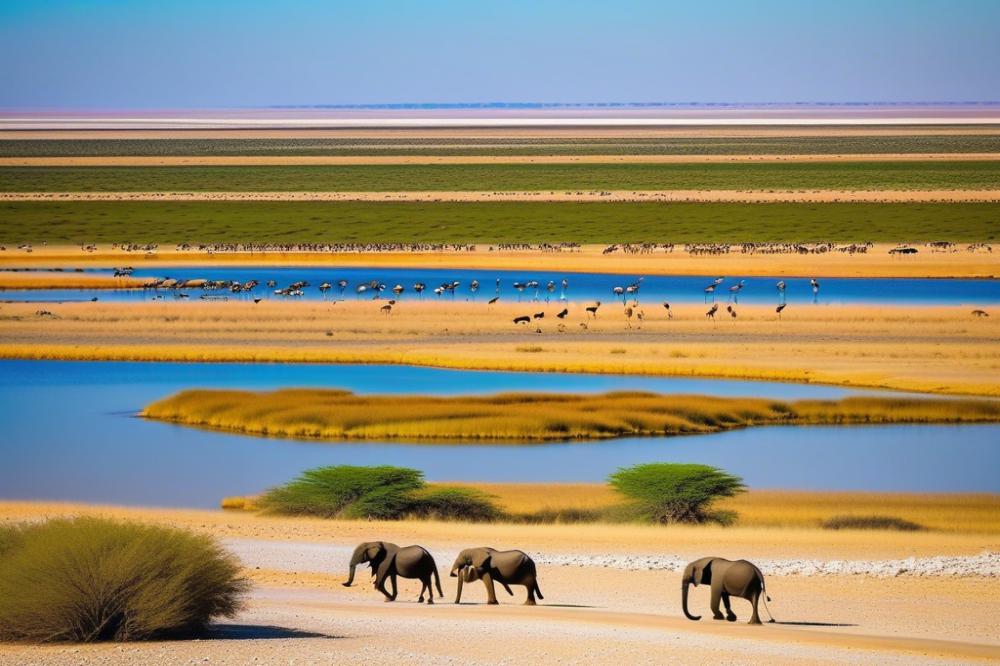
Photography plays a vital role in enhancing birdwatching experiences. Capturing the moment a bird takes flight or when it displays its vibrant feathers adds a new dimension to the adventure. Photographs help tell the stories of species and their unique behaviors. They also allow enthusiasts to share their experiences with others, igniting interest in wildlife conservation and eco-tourism.
When capturing stunning bird photographs in Etosha, planning is crucial. First, knowing the best times for bird activity can make a difference. Early mornings or late afternoons are often when birds are most active and visible. Also, it’s important to choose the right equipment. Telephoto lenses work well for photographing distant species. Consider bringing a tripod for sharp images, especially in low-light conditions.
Understanding bird behavior contributes to better photography. Patience is key. Waiting quietly can lead to unexpected moments. While shooting images, focus on the background too. A cluttered backdrop can distract from the bird’s beauty. Many photographers suggest using natural habitats to frame the subjects artistically.
Famous bird photographers have captured Namibia’s avian species beautifully. One notable figure is Jürgen van den Berg, whose work emphasizes the colorful migratory birds found throughout the region. His stunning images highlight the importance of conservation. Many of his photographs encapsulate the spirit of Namibian landscapes and the wildlife within them.
Additionally, South African photographer Jannie Wessels has showcased the unique habitats of Etosha through his lens. His work often reflects the delicate balance between wildlife and their environments. Tours that focus on photography allow participants to learn from such professionals. Birding tours often include tips on technique and composition from experienced guides.
Conservation Efforts and Wildlife Protection
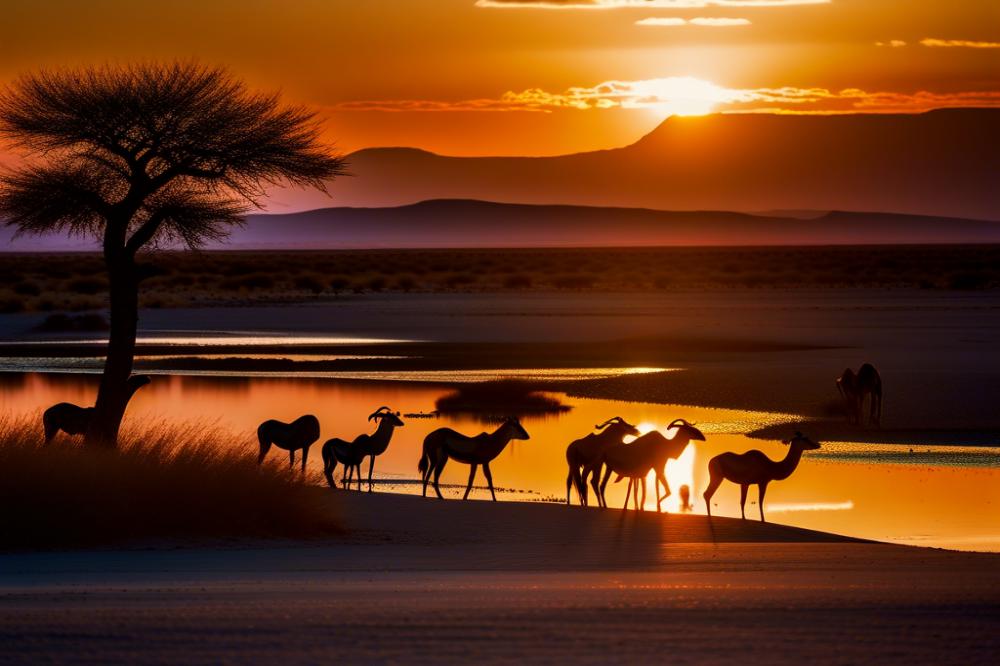
Overview of Conservation Initiatives in Etosha National Park
Etosha National Park is known for its vast landscapes and rich wildlife. Conservation efforts in Namibia focus on protecting these natural habitats. Various organizations work together to preserve the ecosystem. Anti-poaching strategies play a vital role in safeguarding species. The park also engages local communities in conservation practices. These partnerships help to foster a sense of ownership and responsibility. Educational programs raise awareness about the importance of wildlife protection. Rangers patrol the area regularly to monitor animal populations and prevent illegal activities.
How Birdwatching Contributes to Wildlife Conservation
Birding tours attract many visitors each year. These safaris support local economies through eco-tourism. Increased tourism revenue funds conservation projects that benefit all wildlife. Photography enthusiasts are drawn to the diverse bird species found here. As tourists capture images of these creatures, they grow connected to the environment. This bond encourages a commitment to protect nature. In turn, this helps maintain the delicate balance of the park’s ecosystem. Tour guides often share valuable information about the birds and their habitats. This education fosters an appreciation for wildlife among visitors.
Importance of Protecting Migratory Birds and Their Habitats
Migratory birds rely on safe spaces during their journeys. These species face numerous threats, including habitat loss and climate change. Protecting their natural habitats is crucial for their survival. Etosha serves as a vital stopover for many birds. The park’s wetlands are home to various migratory species. Ensuring these areas remain intact is key to supporting bird populations. Conservation efforts focus on preserving these crucial habitats. The international community must also collaborate to protect migratory bird routes. Only through combined efforts can we safeguard their future.
Planning Your Birdwatching Safari
Planning a trip to Etosha National Park is exciting. You can encounter a vast array of wildlife, including fascinating bird species. Start by deciding the best time to visit. Late summer, from January to March, is excellent for spotting migratory birds. The dry winter months from May to September also offer unique sightings as birds congregate around water sources.
Researching guided birding tours is crucial. Local guides possess valuable knowledge about the park’s natural habitats. They can help you find specific species and share insights about their behaviors. Consider companies that focus on environmental education and support eco-tourism. Some recommended operators include Namibia Nature Tours and Ekongo Namibia Safaris. Both specialize in birding tours and offer various packages.
Accommodations in and around Etosha cater to different budgets. Lodges located near waterholes provide excellent opportunities for photography, especially at sunrise and sunset. For a more immersive experience, try camping under the stars. Facilities range from luxurious resorts to basic campsites. Make reservations early, especially during peak season, as spots fill quickly.
Logistics play a vital role in a successful safari. Arranging your travel in advance reduces stress. Flying into Windhoek and renting a 4×4 vehicle is common. This gives you the freedom to explore the park at your own pace. Always carry enough water and snacks, as options inside the park are limited. Being prepared makes your experience more enjoyable.
Lastly, connect with fellow birdwatchers online. Social media groups and forums can offer tips and additional resources. Sharing experiences can lead to discovering lesser-known bird species and hidden gems within the park. Conservation efforts are also important. Support organizations that work to protect wildlife and their habitats during your visit.
Final Thoughts on Birdwatching Safaris in Etosha National Park
Exploring Etosha National Park offers remarkable opportunities to observe a variety of bird species. Diverse habitats cater to both migratory and resident birds. Throughout the park, one can spot everything from the striking crimson-breasted shrike to the majestic Secretary bird. Each corner of this incredible landscape reveals something new, making it a haven for both novice and seasoned birders alike.
Experiencing a birdwatching safari in Namibia can be a transformative adventure. Enthusiasts are often captivated by the stunning sights and sounds of the avian world. Registrations for guided tours fill quickly as more people seek this unforgettable experience. With the guidance of knowledgeable experts, participants can enhance their understanding and appreciation of local species.
Supporting wildlife conservation through ecotourism is essential for the future of Namibia and its natural treasures. Every visitor contributes to the preservation of these incredible environments. By choosing to explore places like Etosha, tourists help protect vulnerable species and their habitats. Their presence underscores the importance of sustainable practices in tourism.
In conclusion, birdwatching safaris in this part of the world invite all to witness the beauty of nature. They pave the way for meaningful connections with wildlife and the environment. People who take part in these safaris leave with not only memories but also a renewed commitment to conservation efforts. This is more than just a trip; it’s a catalyst for change.

